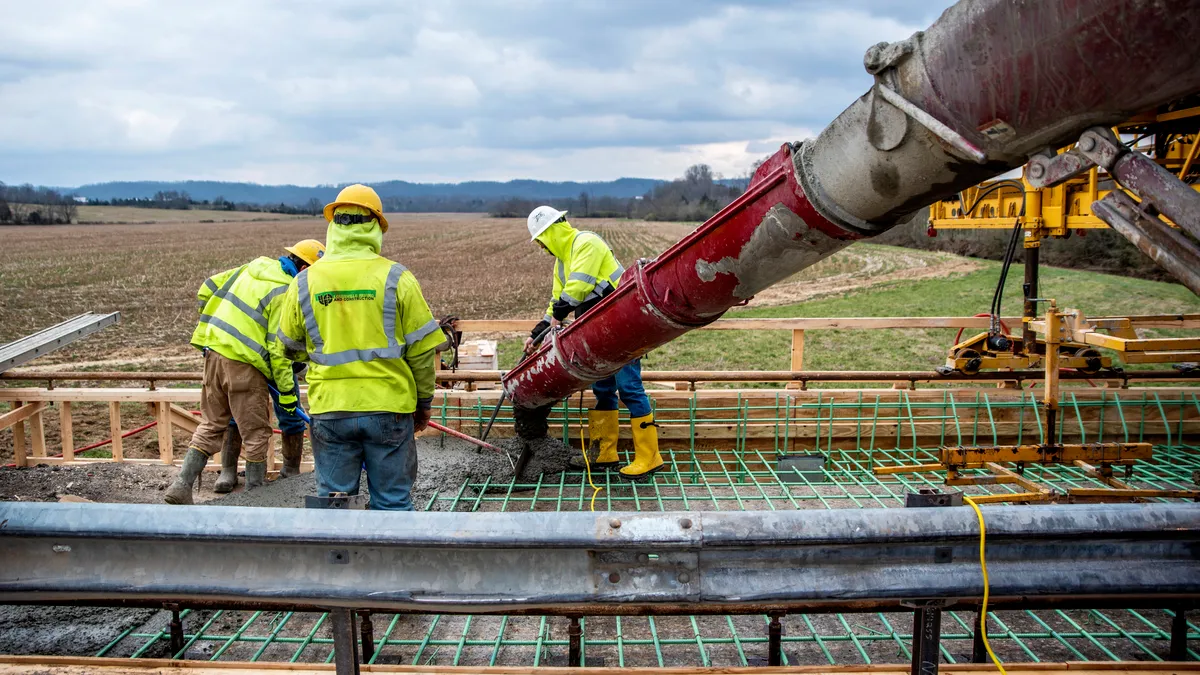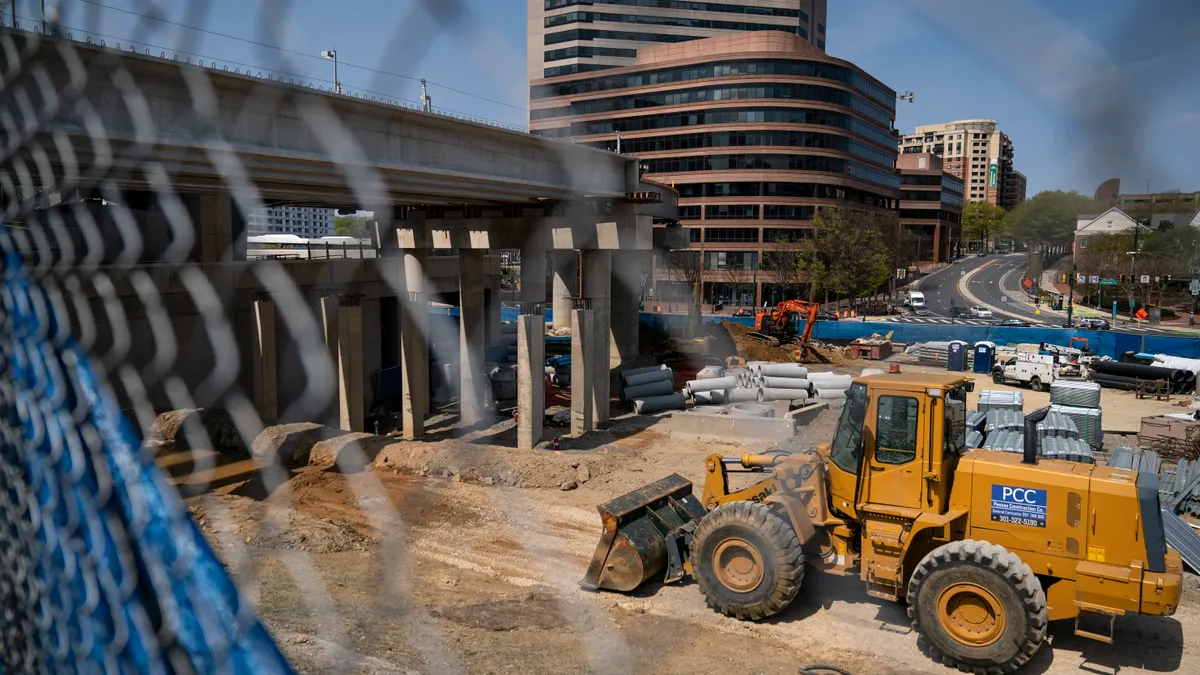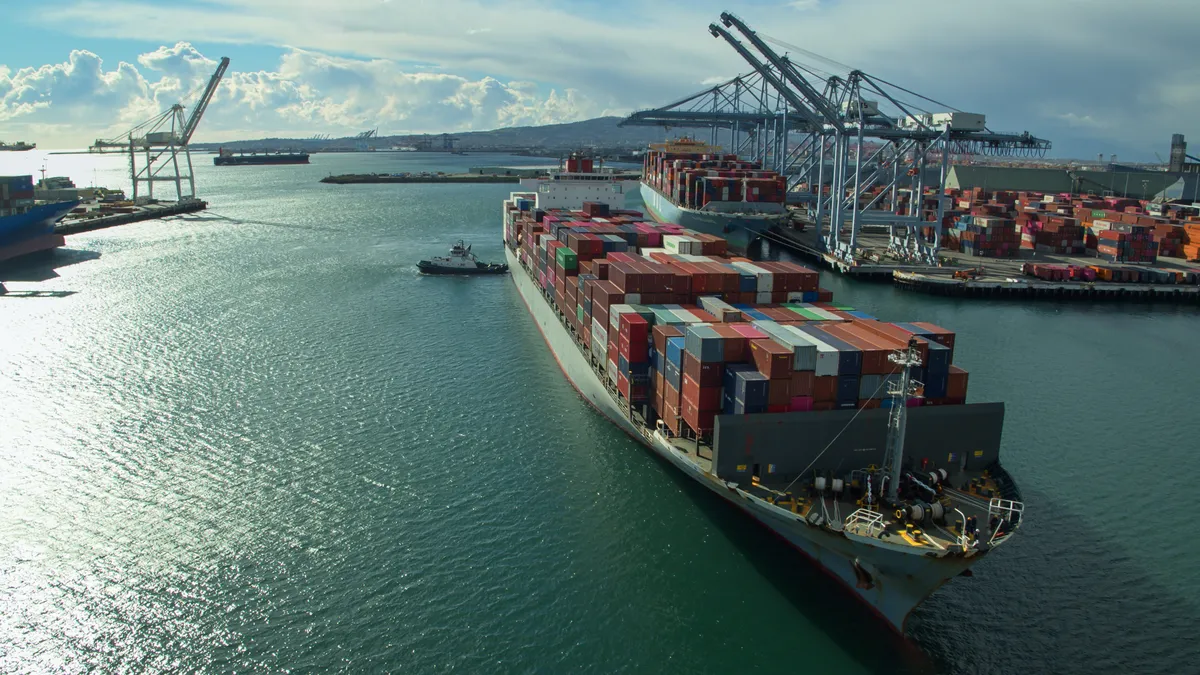Editor's note: This article is the last in a series looking at five of the country's hottest construction verticals. Click here for the entire series.
Industry sources expect renewed commitment from the federal and state governments on infrastructure, sparking optimism for the industry overall in 2022.
But that optimism hinges on what Washington, D.C., can deliver.
"I think there's a lot of hope about the amount of infrastructure work that obviously needs to be done and can be financed," said Peter Dyga, president and CEO of Associated Builders and Contractors Florida East Coast Chapter. "But unfortunately, politics often screw that up. So, I think that's the unknown going into 2022… Probably the first quarter or the next few months will certainly tell about which direction we're headed."
The majority of money from the $1.2 trillion infrastructure act will be distributed to states, which are charged with deciding which projects to fund and executing them. Other sums will be disbursed through federal grants for specific projects.
The first major infusion of funding in 2022 is heading to states, tribes and U.S. territories, the Biden administration announced on Dec. 2. The EPA will distribute $7.4 billion to remediate ailing water infrastructure and lead pipes.
Highway bridges will be the next type of infrastructure to receive major funding from the IIJA. The Bridge Formula Program will allocate $26.5 billion to help repair, replace and construct approximately 15,000 highway bridges over five years, according to a Federal Highway Administration press release. About $825 million will also be available for tribal transportation facilities.
Just last week, the U.S. Army Corps of Engineers announced it had received $17.1 billion from the legislation for new and existing civil works projects across the country, according to a USACE press release.
A waiting game
Although the industry is hopeful for significant aid from the federal government, a boost in infrastructure work is not guaranteed for every construction firm, Dyga said. For example, in the past, Congress has stipulated the use of project labor agreements in government contracts, which typically call for union contractors to be used on projects.
In Dyga's home state of Florida, however, only about 3.4% of contractors fit that bill, compared to 13% nationwide, according to the Union Membership and Coverage Database.
And through December, the infrastructure category is the only one that is down year-over-year, dropping 1.6 months since 2021, compared to the commercial & institutional and heavy industrial categories, which posted gains of 1.2 and 3.5 months, respectively, according to ABC data.
On a month-to-month basis, ABC's overall construction backlog indicator for all sectors in December slipped by 0.2 months from November, but was still up up 0.9 months from December 2020.
At the same time, ABC's construction confidence index readings for sales, profit margins and staffing levels all increased in December. That indicates expectations of growth over the next six months, according to an ABC release.
Meanwhile, with pending infrastructure jobs on contractors' books lower now than 12 months ago, firms are having to wait for funds to reach the states, and then get allocated from there. That process will take time, construction watchers say.
The law is not a quick-hit stimulus package, according to Brookings Institution analysis. Rather, it's a longer-term investment, and much of the funding will be disbursed annually in set amounts for a period of five to 10 years.
"Backlog fell in the infrastructure category, but activity in that category is set to heat up in 2022 as federal infrastructure funds tied to the Infrastructure Investment and Jobs Act of 2021 begin to flow," said Anirban Basu, chief economist at ABC.

























